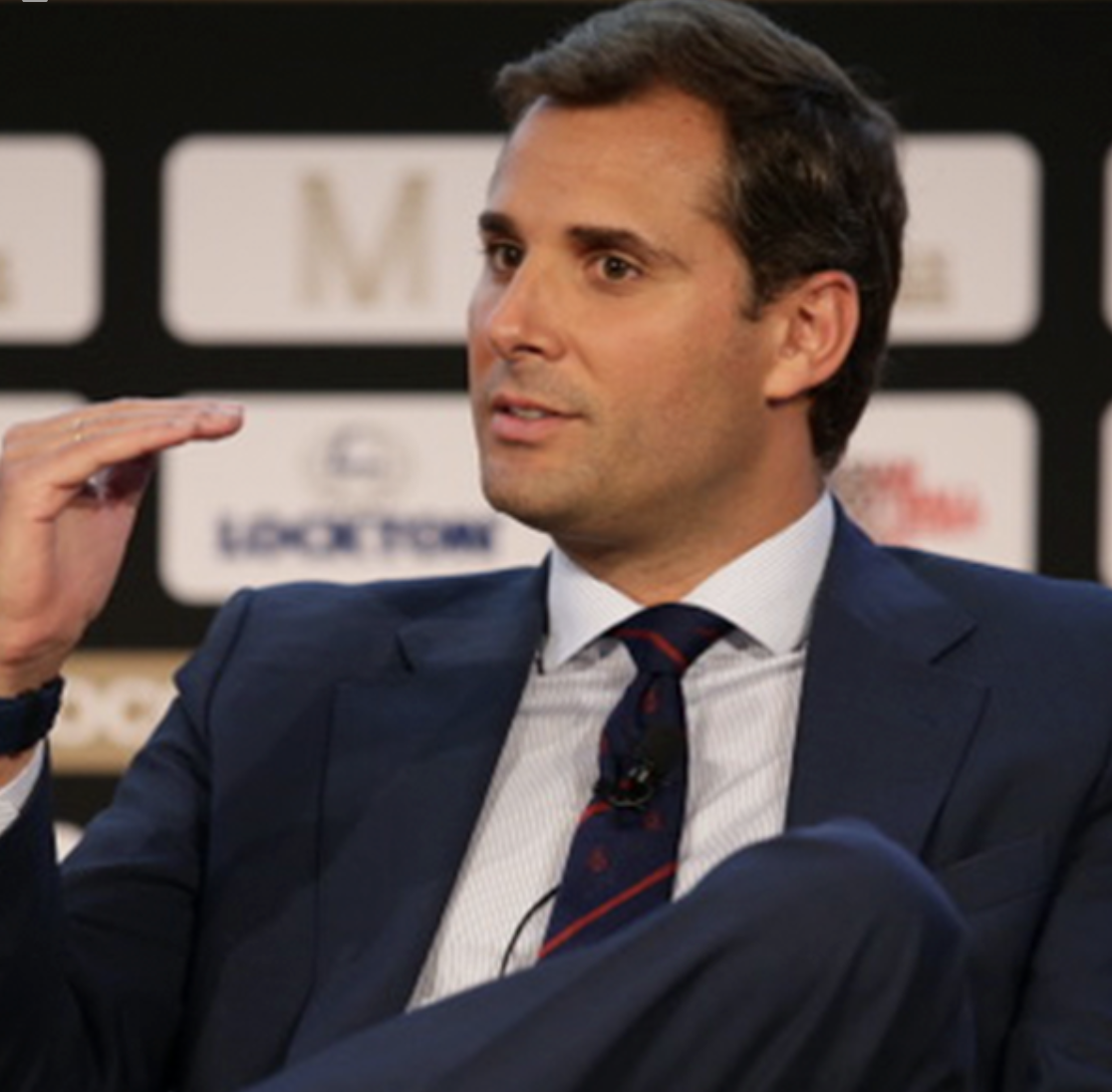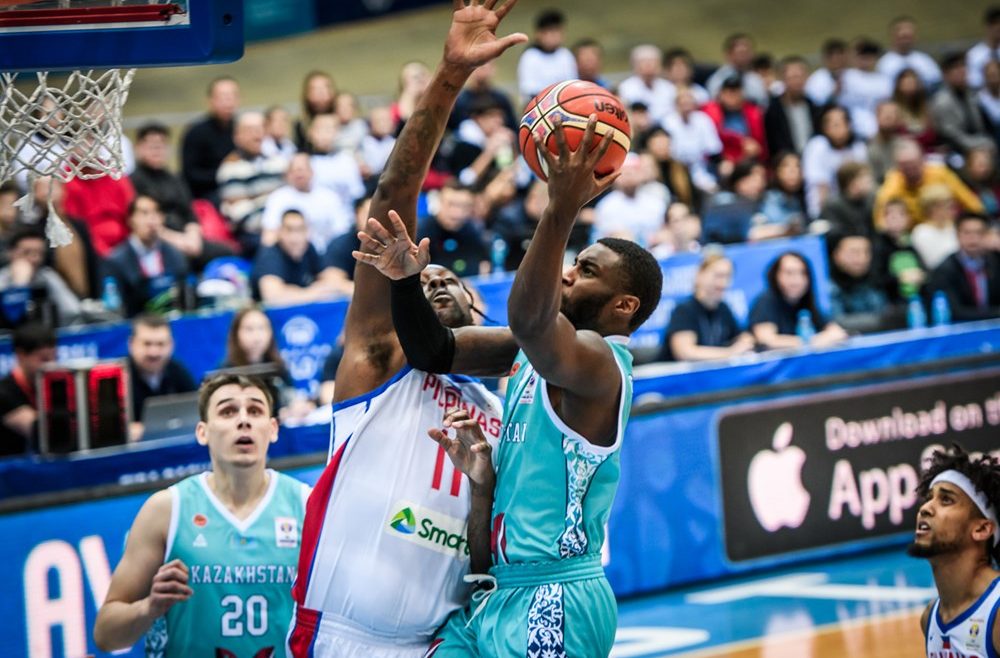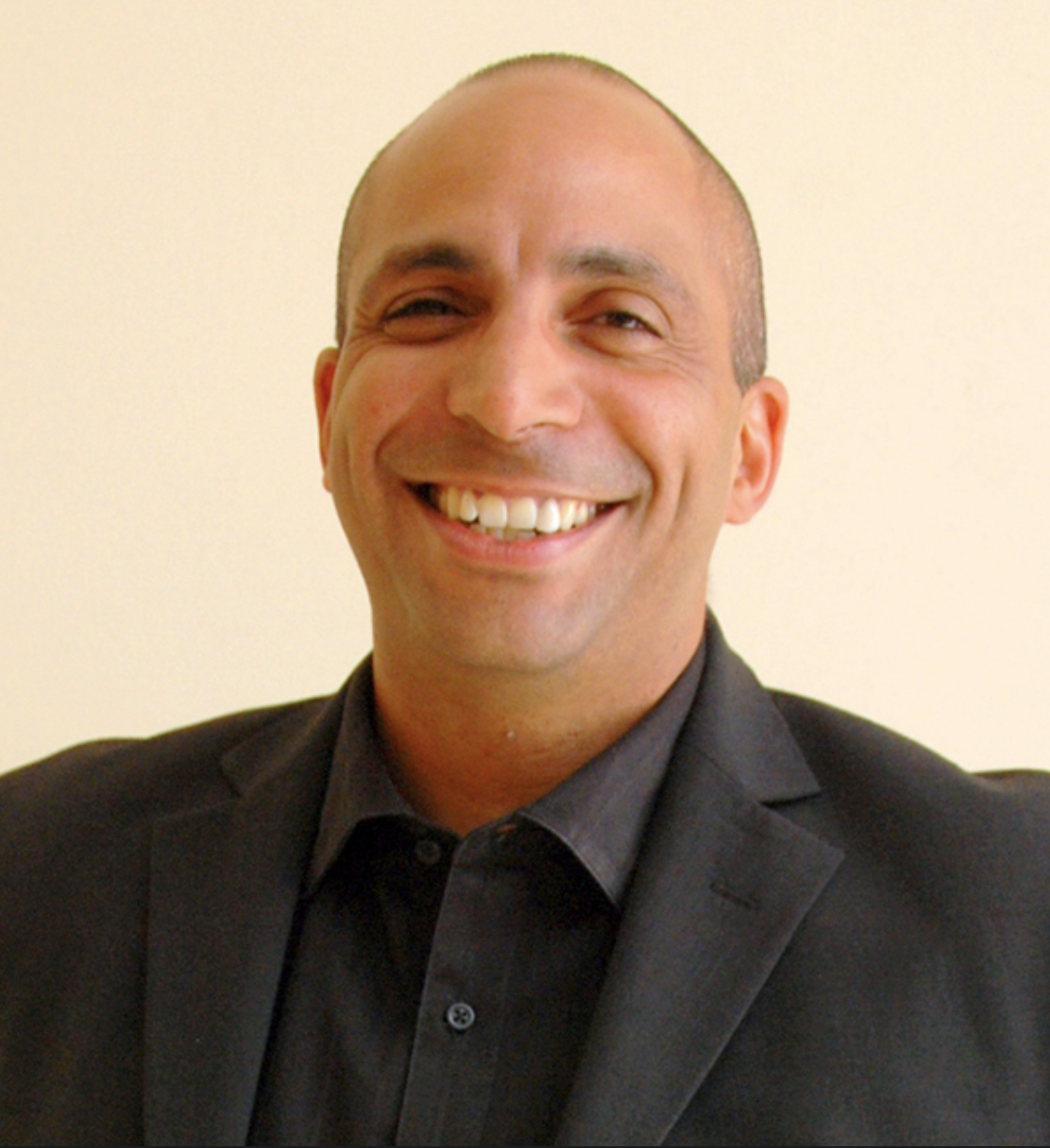Ramón Loarte is the Chief Commercial & Marketing Officer at Sevilla FC. He is result-focused and holds an MBA at IE Business School, with more than 15 years in managing business development for top-tier companies and specialized in digital areas.
Over the past 15 years, Sevilla FC has become one of the most important clubs in Europe, winning 5 Europa Leagues, 2 Spanish Cups, 1 European Super Cup and 1 Spanish Super Cup.
We had a small Q&A with Loarte, who is going to be a speaker at World Football Summit Asia, in Kuala Lumpur, on the 29th and 30th of April, 2019.
What can you tell us about the current strategy Sevilla F.C .is following in the digital part of the club? We’ve witnessed how nowadays it’s getting more and more important to cater that part of the club and manage to be even closer to fans.
At Sevilla FC, we understand the importance of digital growth and that is why it is an integral part of our marketing strategy here at Sevilla FC. We want to talk with our fans on a daily basis which will come from our digital platforms and how we engage with our fan base. Just this last year we launched our “Sevilla World Fans” program, which is aimed at identifying our global fans and providing them with exclusive content and club news on a daily basis. As part of our digital growth, we understand the importance of giving fans access to the club with localised content. That is why we have a digitally responsive website which is translated into 6 languages. This is also why we have social channels localized across 7 markets with individual and local ad hoc content published on the respective channels.
What’s Sevilla’s role in Asia and what does the club want to achieve in the Asian continent?
Asia has been a key market for Sevilla FC and, in the future, will only become more important to the growth of our football club. We visited Japan two years ago, when we played two games against local J1 league teams. On the back of our successful Japanese Tour we partnered with two Japanese companies in Falken and Makita with both companies still sponsoring Sevilla FC today. Also, in late 2017, Sevilla FC opened its first SFC Soccer Academy in Asia, in the city of Fukushima. This is the first of many Academies we hope to open across the continent in the near future.
Sevilla FC is also working with the renowned Chinese digital agency Mailman. As part of our work with Mailman we are creating localised daily content across our Asian social media platforms such as Weibo.
Also, as a club, we are working closely with LaLiga who have physical presence in Asia with their Singapore office. During the last 3 years, LaLiga has launched a powerful project of internationalisation of their brand and all their teams, not only the two strongest ones. With LaLiga keen to develop the brand around the world in new football markets and Asia especially, there is an opportunity for Sevilla to grow its fan base too.
How much and in which ways do you believe that the Asian football industry has evolved in the past few years? Every day we see more clubs opening offices in Asia and aiming to be closer to fans in that part of the world.
The growth of Asian football has been fantastic to witness and I’m very excited to see where it will lead to in the future. I think that the more time that European clubs spend in Asia, the more time we spend working and exchanging ideas with our Asian counter parts, the more the Asian football will continue to grow and improve.
Sevilla FC is an example in many ways. It’s a club that masters the transfer market, has a great eye in finding talent and is living a Golden Age. Why do you think is the reason for that? What is the key to Sevilla’s success in the past 15 years?
Sevilla is a club that has experienced massive change in the last 15 years. In the early 2000’s the club was going through economic problems with negative funds and also in sporting terms there were problems. Following our relegation to the second division, a lot of projects put into practice suffered shortages of funding. But since then, the club has undergone extraordinary change. Under the guidance of coach Joaquín Caparrós, Sevilla would go on the win promotion as champions back to the top flight at the end of the 2000-01 season. The following years would see the Andalucian’s consolidate their position in the league whilst changes at board level would add stability to the club’s business functions.
In 2006, having secured the UEFA Cup qualification, the team would triumph over Middlesbrough in the final in Eindhoven, setting up an all-Spanish UEFA Super Cup final against Champions League winners FC Barcelona in Monaco which they won 3-nil. In 2006-07, Sevilla ended the season in 3rd place in LaLiga behind champions Real Madrid and Barcelona, ensuring UEFA Champions League qualification. Since 2007, Sevilla has won the Copa Del Rey (2009-10), and the UEFA Cup/Europa League a further three times in a row in 2014, 2015 and 2016. Sevilla FC won the Europa League on five occasions across a 10-year period with a squad that incorporated a lot of young players who had developed through the Sevilla FC youth system.
Inside the entity we have a clear aim, which is the sporting goal. In other words, our financial resources are our main tool that enables our professionals to aspire to achieve the best sporting success.
Sevilla FC has made great marketing campaigns in the past few years. More and more clubs are looking for ways to engage with the fans and keep them as close as they can. What is the most important thing you want to communicate and how do you do it?
“It is said we never surrender”, this is the identity of everything we do and communicate at the football club. Whether that relates to the team on the pitch or our commercial growth off the pitch. This identify is felt in the communication across all the aspects of our club, from the offices to the pitch, keeping our philosophy always close to our minds. This philosophy has helped us reap the European rewards, giving a boost to the club as well as obtaining international recognition and attain a prestige, which we did not have before.
To become one of LaLiga’s, and European football leading clubs requires continued sporting success. Sevilla’s Europa League success in recent years has helped the club build a reputation that is valued by players from around Spain and Europe. Our approach combines the closeness of a familiar club together with the professional structure to help the club build the Sevilla FC of the future.

What’s Sevilla’s medium/long term objective as a club? After winning all those trophies in the past ten years and consolidating as one of the most important clubs in the world, what is it that the club expects to achieve?
As a club we are now focussed on building the Sevilla FC of the future. The club now has 432 employees and revenues of 220M euros and our aim is to continue to grow both on and off the pitch. We want to shape and sustain our model to remain competitive with other clubs in Spain and in Europe as well as to continue obtaining competition successes.
Part of that strategic plan is the remodelling of our stadium, Ramón Sánchez Pizjuán. Investment in the stadium’s structure and facilities has been undertaken in the last few years to accommodate the needs and expectations of the modern fan, but keeping in mind that we don’t want to lose its essence and location in the city centre. Increasing the stadium’s capacity and developing new hospitality areas have also been an integral part of this development, which the club hopes will secure us the chance to host a UEFA Europa League final in the future.
Since 2015, the club has invested in changing the colour of the seats, covering exterior stands with metal facades and LEDs, the renovation of refreshment stalls and toilets, the replacement of fences with glass panels, the renovation of the away changing room and referees’ changing room, the installation of two new scoreboards and the expansion of the lower East Stand.
We are also developing an action plan for our Training Ground Campus currently known as Sports City. We are aiming to invest between 15 and 20M Euros in the coming years to dedicate an exclusive area for the first team, build offices for the general services of the club, as well as to complete the work of the mini stadium “Jesús Navas”, which has already been initiated, and to undergo a general modernisation process.
How important is the use of new technologies such as big data or machine learning for a club? As we talked before, Sevilla F.C. has a great knowledge of young players across the globe and it has proven how important is to know players when starting to work in the transfer market.
Crucial to the club’s continued growth is the implementation of growing and engaging our global database of fans. This is key for our commercial opportunities both domestically and internationally. With LaLiga keen to develop the brand around the world in new football markets, there is an opportunity for Sevilla to grow its fan base too. And in order to grow our fan base and to grow commercially, it is key we build our database of fans on a global scale. That is why we launched our “Sevilla World Fans” program just last year and why we work closely with Nielsen Sports on identifying and recognizing our fans globally.
According to data from Nielsen Sports, Sevilla FC has 144.5m potential followers around the world, from which 46.8m show a strong interest in the club. Our 5-year plan aims to approach this impressive number of people who show an interest in Sevilla FC and develop more of a global brand without jeopardizing our close environment. Our new digital platform will provide us with identifying multiple touch points to our global fan base. We want to know as much as possible about our fans so we can make sure we are delivering value and rewards for their appreciated support.
On the 29th and 30th of April, World Football Summit will land in Kuala Lumpur to celebrate its first Asian edition. The key players of the industry will gather for two days and discuss the hot topics of the business. What do you think about WFS? Why is it important to have events like this in the football industry?
I think it is important that we have events such as WFS in order to bring the key people from across the football industry to discuss key topics and plan the future of the beautiful game. In this fast-paced life, we all lead today, it is great to have events such as WFS to switch off the day-to-day work for a few hours at least and look to engage with fellow professionals and listen to motivational speeches from the football industry elite.
World Football Summit (WFS) is a globally recognized and important sporting conference. I have been a regular attendee at WFS Madrid and I’m really looking forward to WFS Asia. I think it will be an important date in the calendar for all sporting executives going forward.







